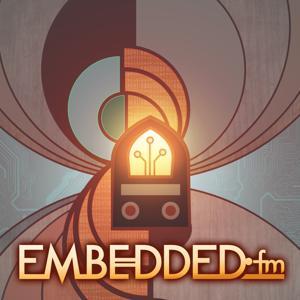This episode is a replay of The Bootloader’s live CircuitPython Day 2025 show from August 15th, 2025 hosted on Adafruit’s YouTube channel. The episode has been lightly edited.
Follow the show on Mastodon or Bluesky.
1:02 Thank you Anne Barela
6:57 CircuitPython v2 extension for VS Code
11:40 Fruit Jam USB Host MIDI Tester
19:37 CircuitPython Workflows
Enjoying the show? You can now sponsor the show, learn more at www.circuitpythonshow.com. Thank you for your support!




































